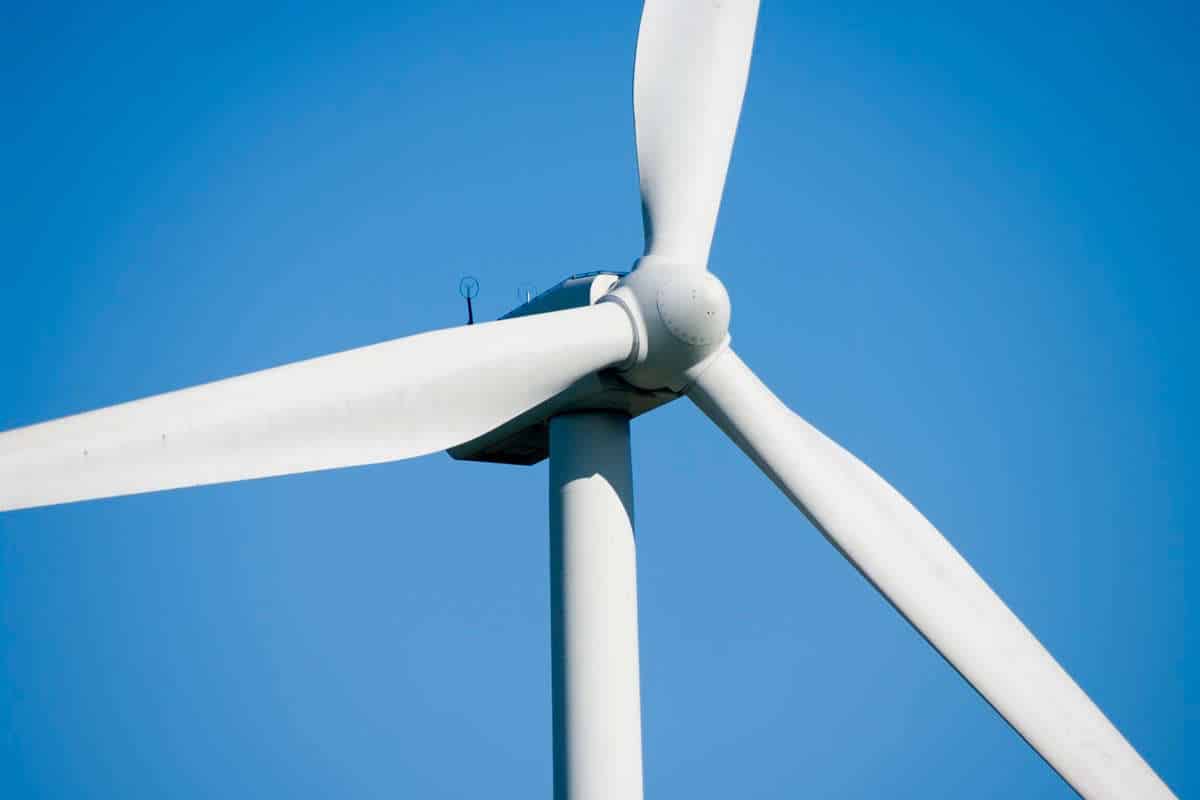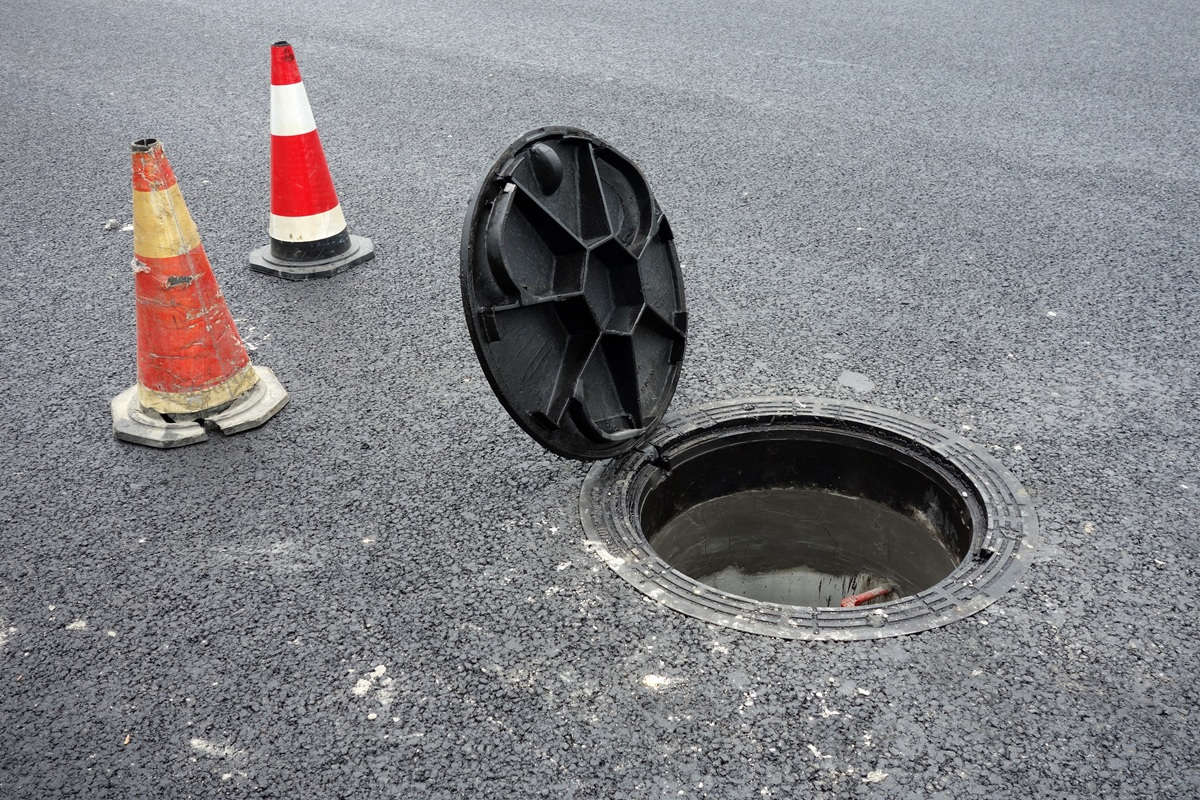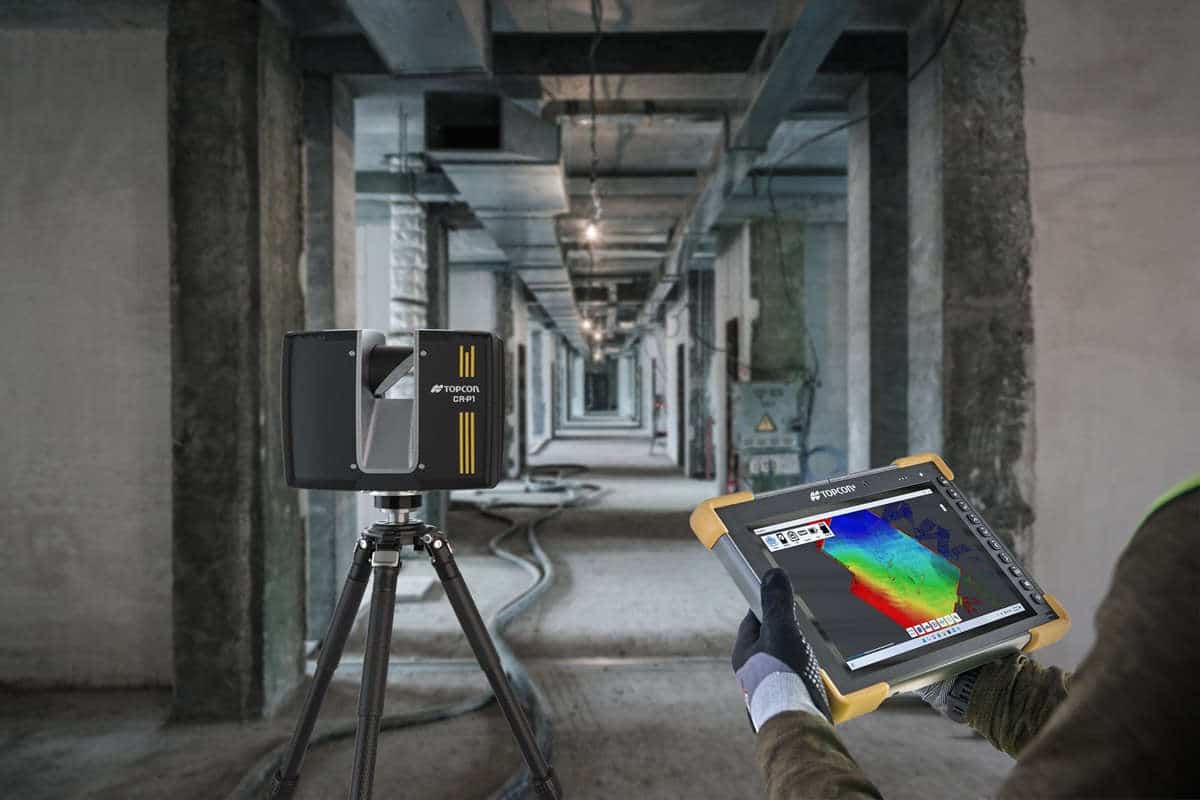Night Lights

Built with a standard 30-ft mast, these sturdy machines lend a hand in illuminating construction sites, mining locales, disaster and emergency response areas and special events when a little extra light is needed for work to continue.
“A lot of times night work is performed to avoid disrupting traffic, so light towers play a big role in allowing crews to work safely into the evening,” says Deree Bivins, Product Marketing Manager of Lighting Systems for Doosan Portable Power. “Aside from night work, light towers can assist in illuminating a jobsite that may be under a bridge or some other cover that could block out the light.”
Offered by manufacturers such as Allmand Bros., Doosan Portable Power, Chicago Pneumatic, Terex, Wacker Neuson, Multiquip and Magnum, light towers provide versatility to a jobsite thanks to their portability, power output and plethora of options.
When the time comes to purchase a light tower, it’s important to determine what applications the equipment will be expected to perform. If the tower will be towed and used on rugged sites, it’s imperative to look for one that has a robust and stable design.
Another factor in finding the right tower is the light output that’s needed to illuminate a site. The amount of ground coverage that’s lit by a tower is commonly measured in footcandles. Since an adequate amount of light helps to ensure a safe and productive jobsite, the Illumination Engineering Society (IES) requires that a general construction site have at least 10 footcandles of illumination.
Eric Massinon, Product Manager for Portable Energy at Chicago Pneumatic Construction Equipment, mentions that potential buyers should also consider a light tower’s auxiliary power. Along with its standard lighting duties, a tower may also be used to power some smaller tools and equipment throughout the workday. This power level is rated by kVA. Most standard light towers supply 6 kVA, however, some manufacturers offer higher outputs from 8 to 20 kVA.
On top of the three main considerations mentioned, buyers should look at other options such as additional power output, additional lights, various tow hitch options and electric and hydraulic winches. An auto start and stop feature is also a popular option for light towers. This feature utilizes photo cell technology to turn lights on at night and off in the morning, or at other times designated by owners.
“Green” technologies or energy-saving features are also gaining steam. Some light tower manufacturers offer LED models, as well as solar-powered units. Bivins points out that bulb manufacturers are continuously working on energy-efficient options for towers as well.
If a new light tower isn’t in a buyer’s budget or only needed here or there, buying used or renting is a possibility. However, both Bivins and Massinon point out there are drawbacks with the first option.
“Light towers typically do have a second life, so there’s always an option to purchase used or to rent,” says Bivins. “Of course, your advantage there is a lower price and the disadvantage is the lack of warranty.”
“[With buying used], you don’t always know how the unit was serviced or the amount of useful life left in the unit,” adds Massinon.
When work calls a crew to stay late, a light tower can keep workers productive and safe well in to the night. By examining a buyer’s needs, applications and the different features and options that are out there, the right light tower is there just waiting to shine.
Pam Kleineke is the Associate Editor of Utility Contractor.










